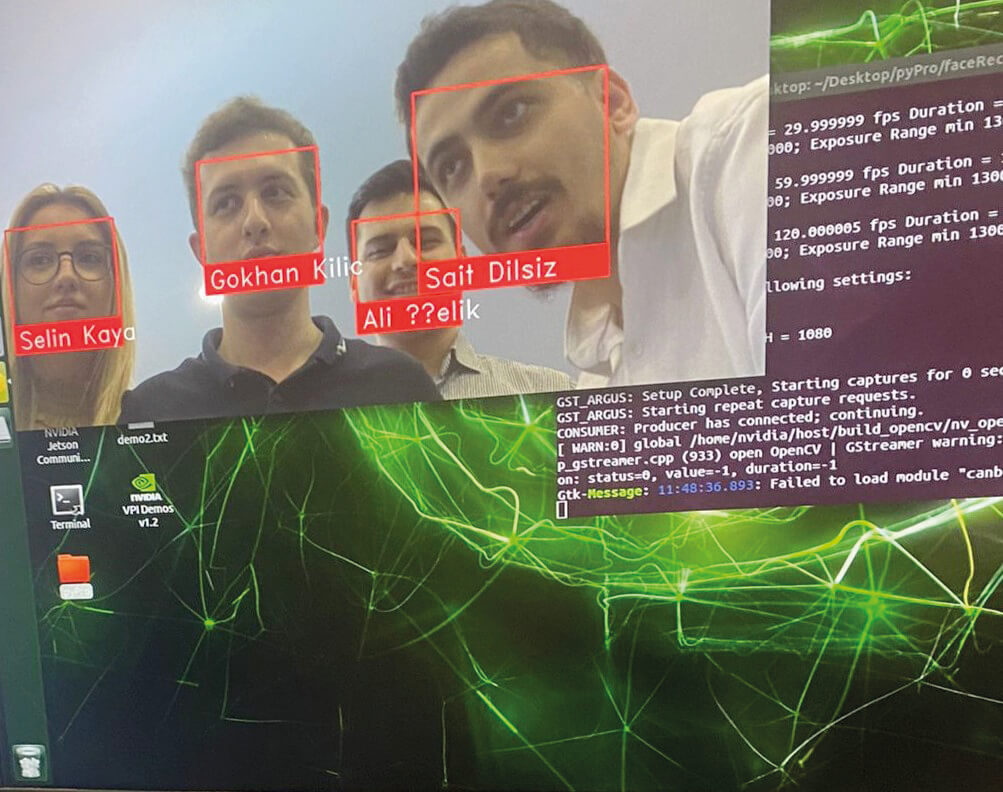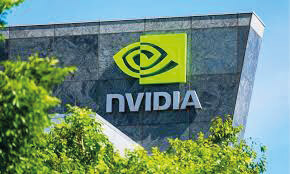Are you among those who use the Face ID feature on your phones?
Mobile devices are increasingly turning to facial recognition technology to provide quick and secure access. Particularly, Apple’s Face ID feature offers pioneering technology allowing users to unlock their devices or perform secure transactions by recognizing their faces.
Face ID enables users to preferentially authenticate themselves by simply having their face recognized, eliminating the need for additional steps like entering a password or a pattern to unlock the device. This method not only offers a speed advantage over entering a password but also provides a userfriendly experience.
Facial recognition systems not only provide quick access but also enhance user security. Utilizing facial features as a physical characteristic helps in safeguarding personal data. Through deep learning models and advanced algorithms, facial recognition systems analyze deep facial features, reducing false positives and thereby enhancing user security. Facial recognition technology not only enhances security but also simplifies daily life, making the use of mobile devices more practical. This biometric security method, used for verifying or recognizing identities from users’ faces, can be effectively applied in photos, videos, and real-time environments.
Let’s delve into the history of facial recognition systems.
The history of facial recognition systems dates back to the 1960s. During this period, scientists Woodrow Bledsoe, Helen Chan, and Charles Bisson conducted the first facial recognition studies by examining features obtained from faces. However, the results obtained during that time remained quite
limited.
Advancements in computer vision and processing in the 1980s led to progress in facial recognition systems. In particular, researchers Woodward and Leon started extracting more features from faces. In the 1990s, advancements in machine learning and artificial neural networks laid the groundwork for facial recognition systems. Studies, especially on recognizing facial expressions and emotions, gained momentum. Early 2000s witnessed improvements in image processing algorithms, enabling the extraction of smaller details from faces, resulting in more precise identification of facial features. With the introduction of deep learning models, facial recognition systems underwent a revolution. Models like CNN and RNN allowed for extracting deep features from thousands of points on faces. Facial recognition systems are now used in various fields, from security cameras to unlocking smartphones and baggage checks at airports, offering convenience in numerous aspects of life. Facial recognition systems introduce several conveniences into our lives.
Here’s a summary:
Biometric Security
Facial recognition is used in secure authentication and access control systems instead of traditional passwords or ID cards.
Surveillance and Law Enforcement
In real-time or forensic scenarios, facial recognition aids law enforcement agencies in identifying individuals.
Attendance Management
In educational institutions or workplaces, facial recognition technology automates attendance tracking by eliminating manual processes.
Personalized Marketing
Retailers and advertisers use facial recognition to analyze customer demographics and offer personalized experiences based on customer profiles.

In the 1990s, advancements in machine learning and artificial neural networks laid the groundwork for facial recognition systems.

Human-Computer Interaction
Facial recognition enables natural and intuitive interactions between humans and computers, facilitating applications like emotion detection and virtual try-on. So, what is the future of facial recognition? Will it become even more popular? I mentioned the answer to this question earlier. In the future, facial recognition is expected to have wider applications in autonomous vehicles, smart cities, and virtual reality applications. In the era of the Internet of Things, facial recognition will facilitate human-machine interaction in many aspects of life. With advancing technology, facial recognition systems will become faster, more reliable, and more practical. Until now, we’ve discussed what facial recognition is, its historical development, and its applications. I’d like to provide some technical details about it. Let’s start by discussing facial recognition algorithms.
Eigenfaces
The Eigenfaces algorithm uses the principal components of facial images to represent the fundamental characteristics of faces. It operates using PCA (Principal Component Analysis) to learn the unique features of faces.
Fisherfaces
Similar to the Eigenfaces algorithm, it works but with better discriminatory ability, employing the Fisher method to highlight differences among faces.
LBPH (Local Binary Pattern Histogram)
The LBPH algorithm analyzes pixel patterns in different regions of the face, identifying these patterns and extracting features for facial recognition.
DeepFace
DeepFace employs deep convolutional neural networks to extract features from facial images. This algorithm was one of the first to achieve human-level performance on the Labeled Faces in the Wild dataset.
Viola-Jones Method
It’s a fast and effective facial recognition algorithm. It’s a pioneering method for face detection and is widely used in real-time applications. When it comes to facial recognition systems, one of the first companies that come to mind lately is NVIDIA, which has shown an incredible surge. From NVIDIA’s module solutions to more compact structures like reComputer, reComputer Industrial Series, and reServer series, they offer solutions tailored to various needs. The product range extends from modules like Jetson Nano with 0.5 TFLOPs of AI performance to AGX Orin series with 275 TOPS performance. The terms TOPS and TFLOPS indicate the trillions of operations per second the module can perform, serving as a parameter demonstrating the module’s strength. The company’s modular and compact systems create effective solutions for facial recognition applications.
NVIDIA’s Facial Recognition Solutions:
Module Series: Wearable and embedded systems offering performance ranging from 0.5 TFLOPS to 275 TOPS. reComputer series: Compact industrial PCs. reServer series: Server-class products.
Performance Metrics:
The performance of NVIDIA systems is expressed in TFLOPS (Tera Floating-Point Operations Per Second) and TOPS (Trillion Operations) units. These units indicate the number of operations the system can perform per second. Below, you can see NVIDIA’s artificial intelligence performance, ranging from the lowest to the highest, listed in order of Jetson Modules, reComputer Series, the reComputer Industrial Series catering to industry needs, and the reServer Series. Let’s take a look at the example of the facial recognition system we developed as the field application team. You’ve described diving into facial recognition using NVIDIA’s Jetson Nano Development Kit. Following instructions from NVIDIA’s official website, you successfully loaded the Ubuntu operating system onto your SD card. This step formed the foundational infrastructure for the Jetson Nano, enabling a transition to code development using the Python programming language. For facial recognition, you recorded different faces from your team into a database and subsequently trained the system to recognize these faces. This phase proceeded smoothly due to Jetson Nano’s robust processing capabilities and the software support provided by NVIDIA. Regarding the camera choice, you opted for the Raspberry Pi Camera V2 with a CSI connector. This camera worked seamlessly with the Jetson Nano, allowing for the processing of high-quality images and implementation of facial recognition algorithms. Our company, Özdisan Electronic, holds the Türkiye distributorship for SEEED STUDIO, which has entered into a partnership agreement with NVIDIA. This allows us to offer NVIDIA solutions to our customers through SEEED products.





